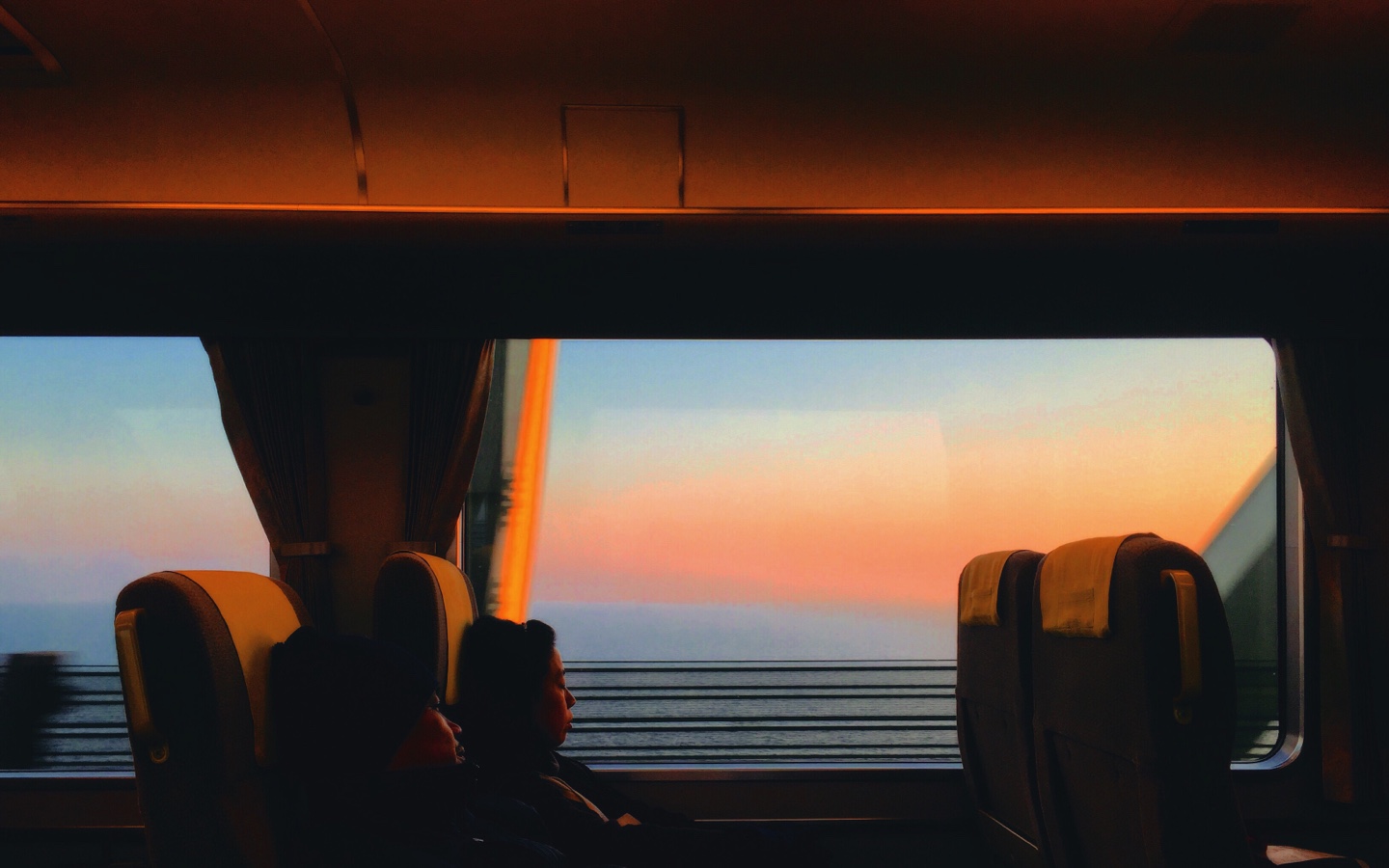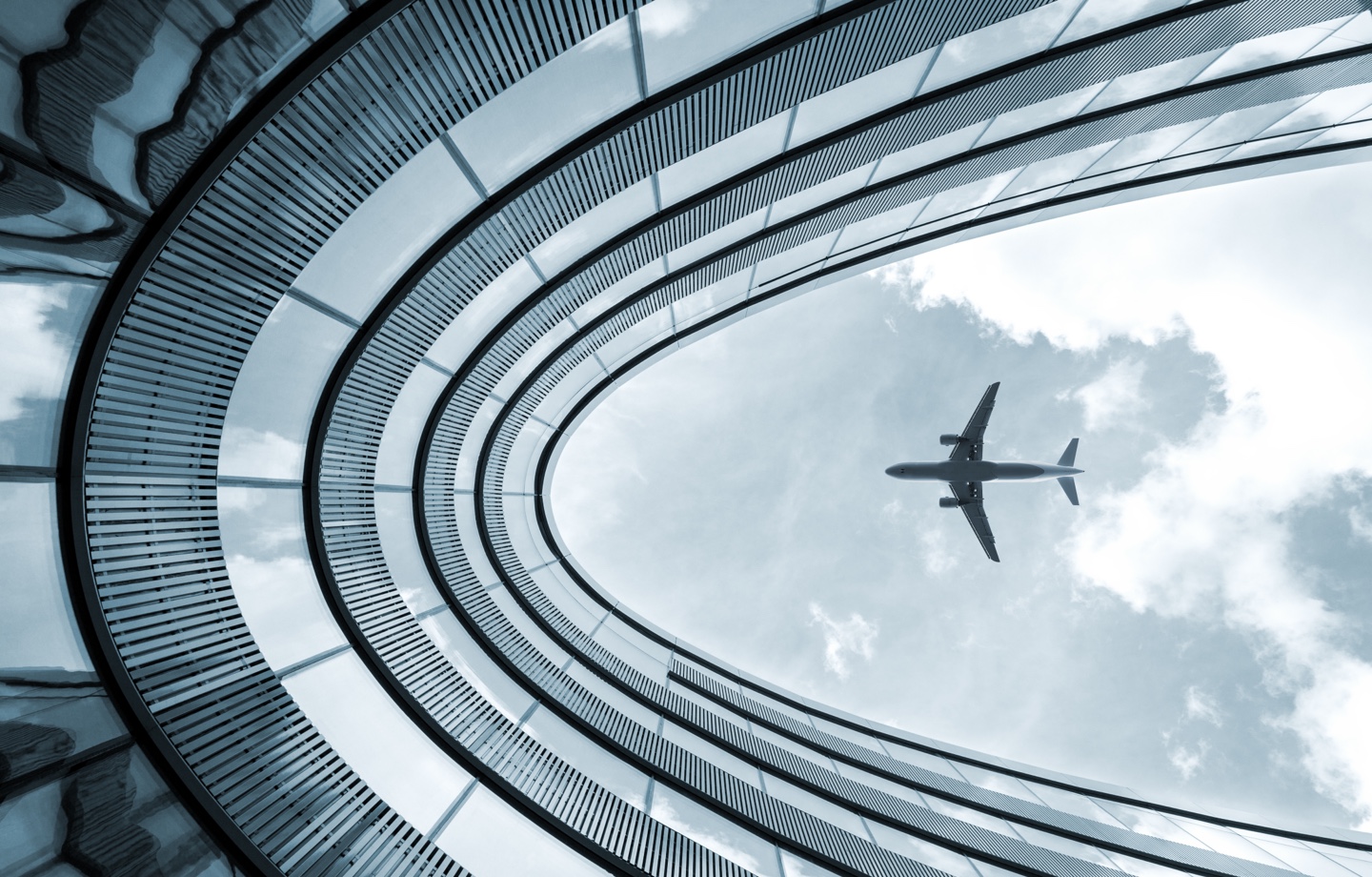New tools make choosing the flight with the lowest emissions easy, but not flying at all is currently the only sustainable option.
One of the great joys of life is waking up in a foreign place. Senses awakened, mind open and curious. Travel is one of the few things that can truly channel our inner child — making the quotidian feel wondrous.
For most of my adulthood, my life was demarcated by the trips I prioritized. Japan, Norway, Russia, a dozen trips to Western Europe, Israel, Chile, Argentina, Colombia, Morocco, Mexico, British Columbia. If I pause and think about each of these places, I can practically smell them.
But I am acutely aware of just how privileged this is — and how unsustainable and unethical travel is, given the impacts aviation has on the planet and its inhabitants. Flying is the most polluting thing individuals do. The roundtrip emissions for a flight from Los Angeles to New York, for example, is about 1.4 metric tons of CO2. Traveling roundtrip from Denver to Munich, a route I’ve done several times, is about twice that — or nearly the entire annual carbon footprint for the average citizen globally.

Read more: The Movement to Turn Boomers Into Climate Activists
According to the New York Times, aviation makes up just three percent of global carbon emissions, but, in 2018, one percent of the population accounted for more than half of the emissions associated with flying. More than 90 percent of the world didn’t fly that year, and only about half of Americans took a flight in 2017. I’m what they call a “super emitter” — someone who typically takes six or more flights a year. That’s a whole lot of CO2 — especially compared to most citizens around the globe.
While we all experience the effects of climate change, the unfortunate paradox is that those that can afford to fly are the least exposed to its harshest impacts. In general, it’s wealthy countries causing climate change, and poorer countries in the global south that are the most vulnerable to its impacts.
As a result of the aviation industry’s harsh environmental and humanitarian impacts, there’s a growing movement in Europe called “flygskam,” or flight shame, of those committing to never fly again. In America, the website Flight Free persuades people to give up flying, with testimonials of those who have pledged to never fly again.

Read more: Why The Number of Climate Migrants Will Continue to Rise
While I’m definitely flying less now — a global pandemic will help with that — I’m not ready to quit flying altogether. For me, eating vegetarian, even buying an electric vehicle, feels vastly easier, because we have perfectly good (and increasing!) options to pursue those choices. In the Western U.S., where I live, there aren’t reasonable alternatives for long-distance travel. My family lives nearly 1,500 miles away — and a bus or train line to get there isn’t happening anytime soon. And there’s only one realistic way to travel overseas.
Though it’s still intensely polluting and in no way sustainable, there are some new tools that can help me reduce the emissions of the flights I do take. Recently, Google started sharing emissions estimates with all its flight search results, making it easy to choose the most fuel-efficient route. They plan to share the algorithm with other travel sites. Kayak has a similar feature. Hopefully, consumer demand inspires more development in greener fuels and planes soon, too.
In the Kim Stanley Robinson novel Ministry of the Future, the main character, an international diplomat in the not-so-distant, climate-change ravaged future, travels overseas in a hydroplaning sailboat. She then travels across the U.S. in an electric blimp-like airship. The vessels take more time, but she works while on the journey, and appreciates the scenery that slowing down forces her to take in.
We aren’t there yet. Until we are, I’ll reduce my flying as much as possible and choose the most efficient flights when I do have to fly. But I’d rather take the blimp.
Read more: Why We Need to Go Beyond Electric Vehicles
Have feedback on our story? Email [email protected] to let us know what you think!

Shop Pillows
The Essential Organic Pillow Collection
Gentle, breathable, non-toxic support.




